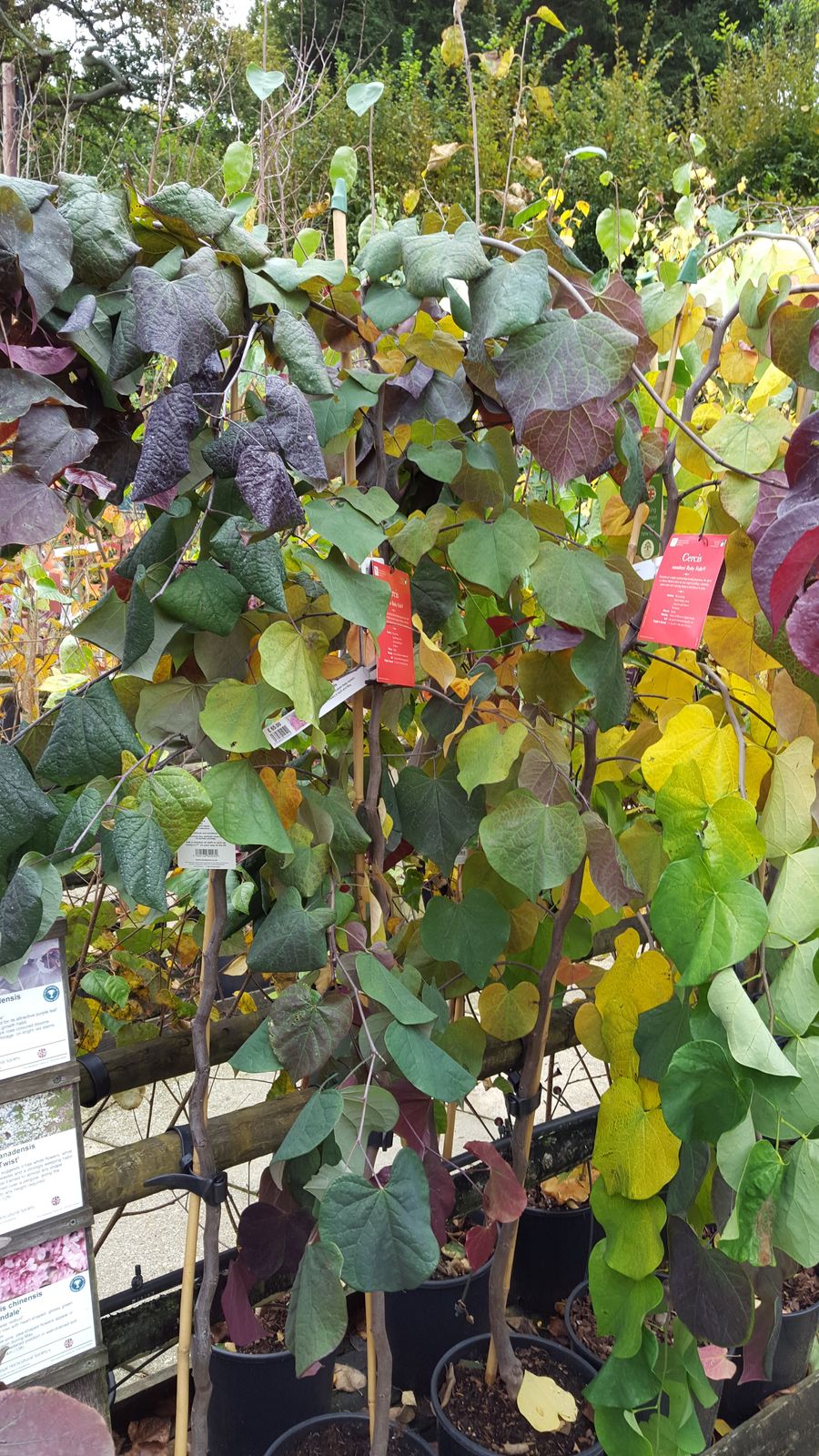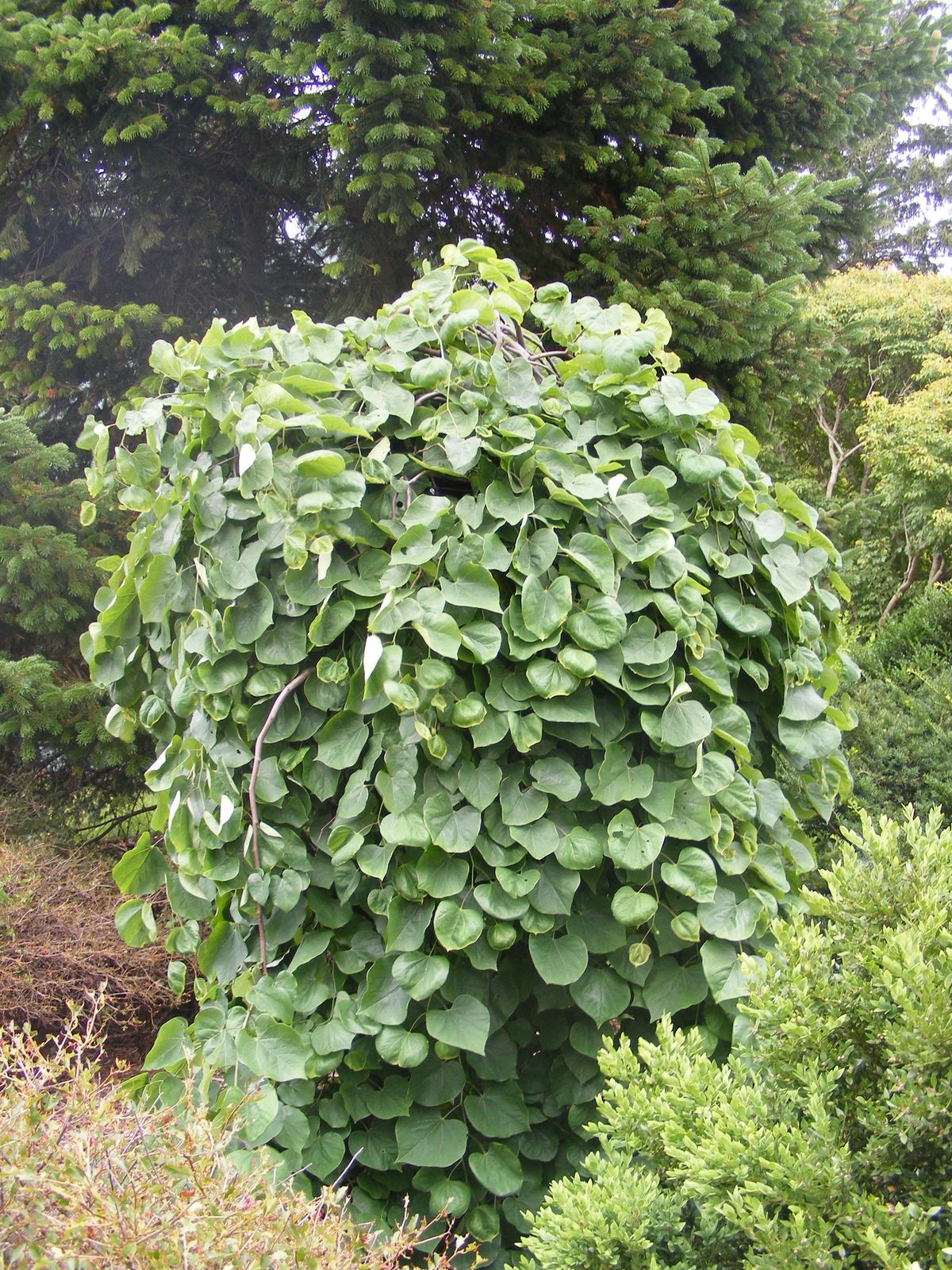Eastern Redbud
cercis canadensis
Also known as: ["Judas Tree","Redbud Tree"]
Overview
A deciduous tree native to eastern North America, known for its striking pinkish-purple flowers that bloom on bare branches in early spring.
Benefits & Perks
["long-flowering","wildlife attractant (bees, butterflies, birds)","shade tolerant","aesthetic foliage"]
Botanical Classification
| Phylum: | Magnoliophyta |
| Class: | Magnoliopsida |
| Order: | Fabales |
| Family: | Fabaceae |
| Genus: | Cercis |
| Botanical Name: | Cercis canadensis |
Plant Characteristics
Basic Information
- Category: Trees
- Suitable Location: outdoor garden, adaptable to various soil types
- Suitable For:
- Is Weed: No
- Allergenicity: low
Environmental Needs
- Climate: {"temperatureRange":"–34–43°C"}
- Hardiness: {"zones":"4–9"}
- Misting: rarely required, only if grown in very dry indoor conditions
- Drainage: Moderate to well-draining; tolerates some clay but prefers looser soil.
- Soil Type: Adaptable to various soils but prefers well-draining, loamy soil with organic matter.
Maintenance Level
- Maintenance Level: moderate
- Toughness Level: moderate
- Pruning Frequency: Annually after flowering; light pruning can be done in late winter if needed.
- Pruning Intensity: Moderate; remove up to one-third of old growth if rejuvenation is needed, otherwise light to moderat
Care Details
Ideal Sunlight Coverage:
Full sun to partial shade (4–6 hours of direct sunlight daily). Tolerates light shade but may produce fewer flowers.
Sunlight Tolerance Tips:
Acclimate plants to full sun gradually to prevent leaf scorch. In hot climates, provide afternoon shade. Indoors, place near a south-facing window with filtered light.
Care Requirements
Care Difficulty
moderatemoderate
Sunlight
full sun to partial shade
Rotate the plant for even growth; use sheer curtains to filter intense light; avoid direct afternoon sun in summer.
Watering
every 7–14 days during active growth, less frequently in winter
Water thoroughly but infrequently to encourage deep root growth; avoid overwatering, especially in winter; ensure soil dries slightly between waterings.
Soil
well-drained, loamy soil with moderate fertility
pH: Slightly acidic to neutral (pH 6.0–7.0).
Mulch to retain moisture and suppress weeds; avoid compacted soil; test pH if growth issues arise.
Temperature
Hardy in USDA zones 4–8. Prefers temperatures between 60–75°F (15–24°C). Tolerates winter lows to -20°F (-29°C) and summer highs to 90°F (32°C).
Protect from late spring frosts; water deeply before cold snaps; avoid placing near heat sources indoors.
Fertilizing
annually in early spring with balanced slow-release fertilizer
Avoid over-fertilizing, which can reduce flowering; use a low-nitrogen formula for best blooms; stop fertilizing in late summer.
Propagation
Methods
Softwood cuttings in summer or seed propagation in fall.
Step-by-Step Propagation Guide
- Take 4–6 inch cuttings.
- Remove lower leaves.
- Dip in hormone.
- Plant in medium.
- Maintain humidity.
- Or sow seeds after cold stratification.
Best Time: Late spring to early summer for cuttings; fall for seeds after pods mature.
Environment
Warm (70–75°F), humid environment with indirect light for cuttings; cold stratification required for seeds.
Medium
Well-draining potting mix with perlite or sand; peat moss for seeds.
Hormone
Rooting hormone recommended for cuttings to improve success rate.
Timeline
Cuttings root in 4–8 weeks; seedlings emerge in 2–4 weeks with stratification.
Tools Needed
Pruners, rooting hormone, pots, misting spray bottle, plastic bags for humidity.
Quick Tips
Use sharp, sterile tools for cuttings; keep soil consistently moist but not waterlogged; provide bottom heat for faster rooting.
Pruning & Repotting
Pruning Guide
Method
Selective thinning of branches; heading back to encourage bushier growth; remove crossing or damaged branches.
Pruning Plan
Prune to shape the tree, remove deadwood, and encourage flowering. Best done after flowering to avoid removing buds.
Tools
Hand pruners, loppers, pruning saw for larger branches, sterilizing solution.
Checklist
Sterilize tools; prune after flowering; remove dead or diseased wood; make clean cuts just above buds or branches.
Repotting Guide
Best Season
Early spring before new growth begins for container plants.
Pot Size
Increase pot size by 2–3 inches in diameter for container plants.
Method
Remove plant gently; trim any circling roots; place in a slightly larger pot with fresh, well-draining soil; water thoroughly.
Suggestions
Not typically required for outdoor trees. Container-grown plants should be repotted every 2–3 years to refresh soil and check root health.
Checklist
Choose appropriate pot size; use fresh soil mix; prune roots if pot-bound; water well after repotting.
Advanced Care Tips
Watering Mastery
Watering Checklist
Check soil moisture before watering; water deeply; ensure proper drainage; adjust frequency seasonally.
How to Apply Water Properly
Water at the base of the plant, ensuring moisture reaches the root zone. Apply until water begins to drain from the bottom, avoiding wetting the foliage.
Watering Schedule Tips
Water deeply once a week during the growing season, reducing frequency in winter. Adjust based on rainfall and soil moisture retention.
Soil Improvement
Add compost or well-rotted manure to improve structure and fertility; incorporate sand or perlite for drainage in heavy soils.
Temperature Stress Management
Signs of Temperature Issues
Leaf scorch (brown edges) in excessive heat; leaf drop or dieback in prolonged cold or frost.
Cold Stress
Leaves may drop or turn yellow; growth slows or halts; young plants may suffer root damage in extreme cold.
Solution: Mulch heavily around the base in winter; protect young plants with burlap screens; avoid planting in frost pockets.
Hot Stress
Wilting, leaf scorch, or premature leaf drop; reduced flowering; stunted growth in prolonged heat.
Solution: Provide afternoon shade; increase watering frequency; use mulch to retain soil moisture; avoid fertilizing during heat waves.
Fertilizing Guide
Fertilizing Checklist
Fertilize in spring; use balanced formula; avoid late-season feeding; follow package instructions.
Fertilizing Method
Use a balanced, slow-release fertilizer in early spring. Apply a light dose of liquid fertilizer monthly during the growing season, avoiding winter.
Common Problems & Solutions
Toxicity Warning
Cats
Slightly ToxicCats may experience mild gastrointestinal symptoms if they consume parts of Cercis canadensis. The toxic compounds in the seeds and bark can cause irritation to the digestive system.
⚠️ Symptoms:
🌿 Toxic Parts:
⚡ Toxic If:
if eaten
Dogs
Slightly ToxicIn dogs, ingestion of Cercis canadensis seeds or bark can lead to mild gastrointestinal upset. The plant contains compounds that may irritate the digestive tract, causing discomfort.
⚠️ Symptoms:
🌿 Toxic Parts:
⚡ Toxic If:
if eaten
Humans
Slightly ToxicCercis canadensis, commonly known as Eastern Redbud, contains compounds that can cause mild gastrointestinal distress if ingested. The seeds and bark are the primary toxic parts, containing lectins and other compounds that may disrupt digestive processes.
⚠️ Symptoms:
🌿 Toxic Parts:
⚡ Toxic If:
if eaten
Frequently Asked Questions
Q: When does the Eastern Redbud bloom?
A: It typically blooms in early spring, often before its leaves appear.
Q: Is the Eastern Redbud suitable for small gardens?
A: Yes, it can be pruned to maintain a smaller size, making it suitable for smaller spaces.
Q: Does the Eastern Redbud attract wildlife?
A: Yes, its flowers attract bees, butterflies, and birds, making it a great addition to wildlife-friendly gardens.
Quick Reference
| Family: | Fabaceae |
| Care: | moderate |
| Light: | full sun to partial shade |
| Water: | every 7–14 days during activ |
Get Expert Care Tips
Download the Plantious app for personalized care reminders and plant identification!
Google Play App Store








